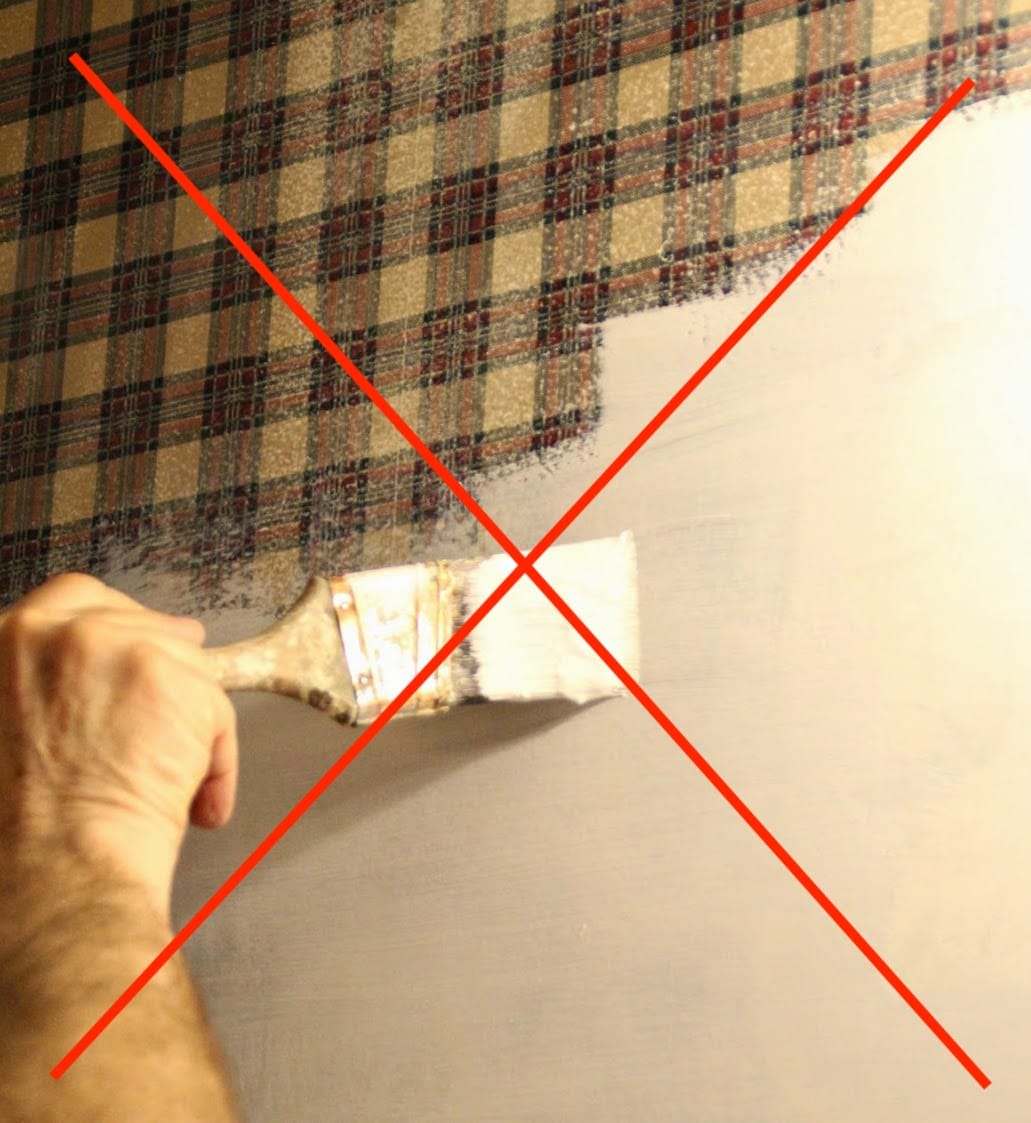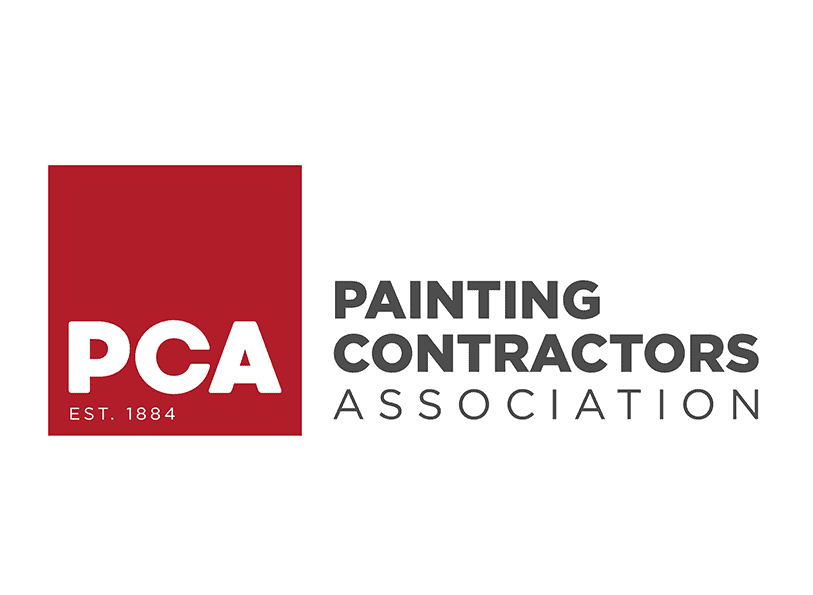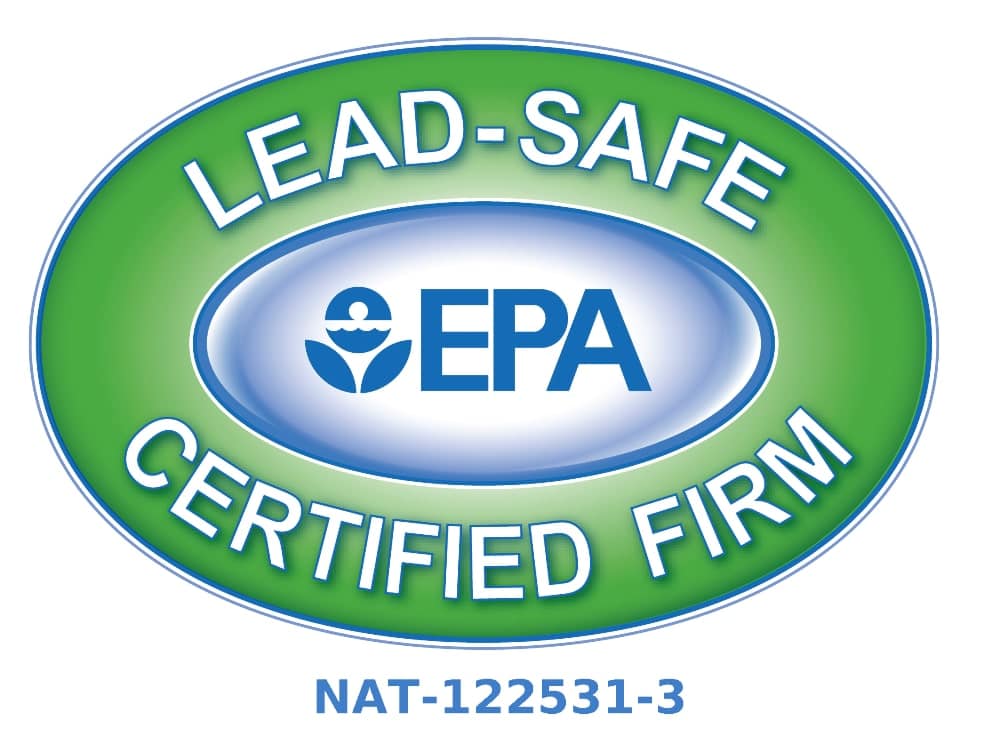
07 May Never Paint Over Wallpaper
- It’s a fast fix.
- It’s easy enough (not as much as you think).
- It’s cleaner – no messy paper bits on the floor to clean up.
- It seems like a good idea.
- Except, that it’s NOT.
FAQ
1. Why is it not recommended to paint over wallpaper?
Painting over wallpaper is generally discouraged because most wallpaper adhesives are water-based and can react with the moisture in paint. This may cause the wallpaper to curl, lift at the seams, or even delaminate. Additionally, the paint may not adhere properly, and any texture or imperfections in the wallpaper will show through, leading to an unsatisfactory finish.
2. What problems can arise if I paint over wallpaper instead of removing it?
Common issues include blisters or bubbles forming in the paint, peeling wallpaper, visible seams, and poor paint adhesion. These problems can result in an uneven, unattractive surface and may require you to remove both the paint and wallpaper later, making the job even more difficult.
3. Are there any situations where painting over wallpaper might be acceptable?
Painting over wallpaper may be considered if the wallpaper is in excellent condition—no peeling, bubbling, or damage—and if removing it could harm delicate drywall or plaster. However, this is still a compromise, and the final finish will likely not be as smooth or durable as painting on a properly prepared wall.
4. What preparation steps are necessary if I decide to paint over wallpaper anyway?
If you must paint over wallpaper, ensure all seams and edges are glued down securely, repair any damage, and clean the surface thoroughly. Use an oil-based primer to seal the wallpaper and prevent moisture from loosening the adhesive. Avoid water-based primers or paints directly on the wallpaper, as these can cause the glue to reactivate and the wallpaper to lift.
5. Will painting over wallpaper save time and money in the long run?
While painting over wallpaper may seem quicker and less messy initially, it often leads to more work and expense over time due to the likelihood of paint failure, peeling, and the need for future repairs. Removing wallpaper and properly preparing the wall is typically the best investment for a long-lasting, high-quality finish.

Mike Katounas is the owner of Home Works Painting, a painting business in Northern Virginia. He has over 15 years of experience in residential interior and exterior painting, drywall installation/repair, carpentry, wallpaper removal, power washing, commercial painting, color consultation, and staining/sealing. Their service areas include Chantilly, Fairfax, Herndon, Oakton, Reston. Mike takes pride in his work, and he always follows a strict code of conduct that includes the use of quality paint, a clean workspace, and an honest, respectful approach to his customers.












Sorry, the comment form is closed at this time.